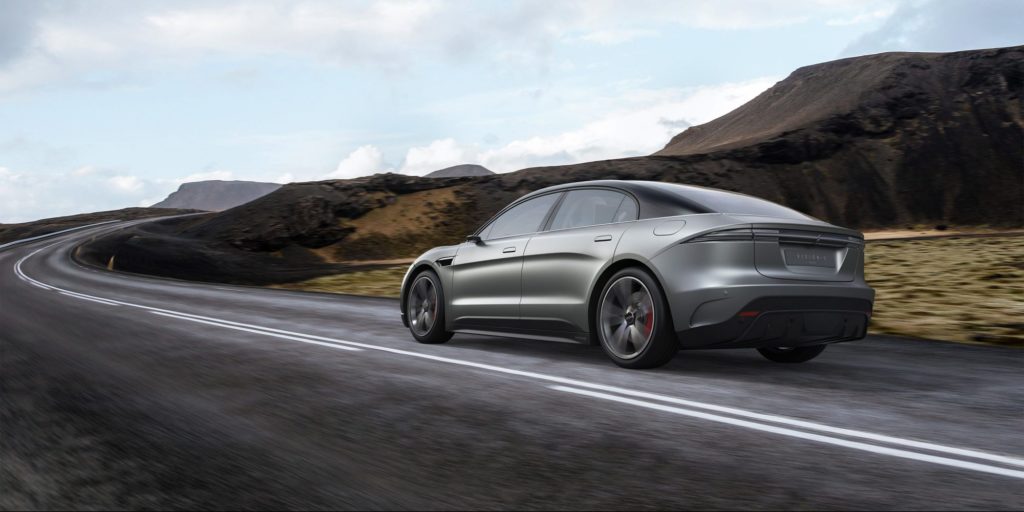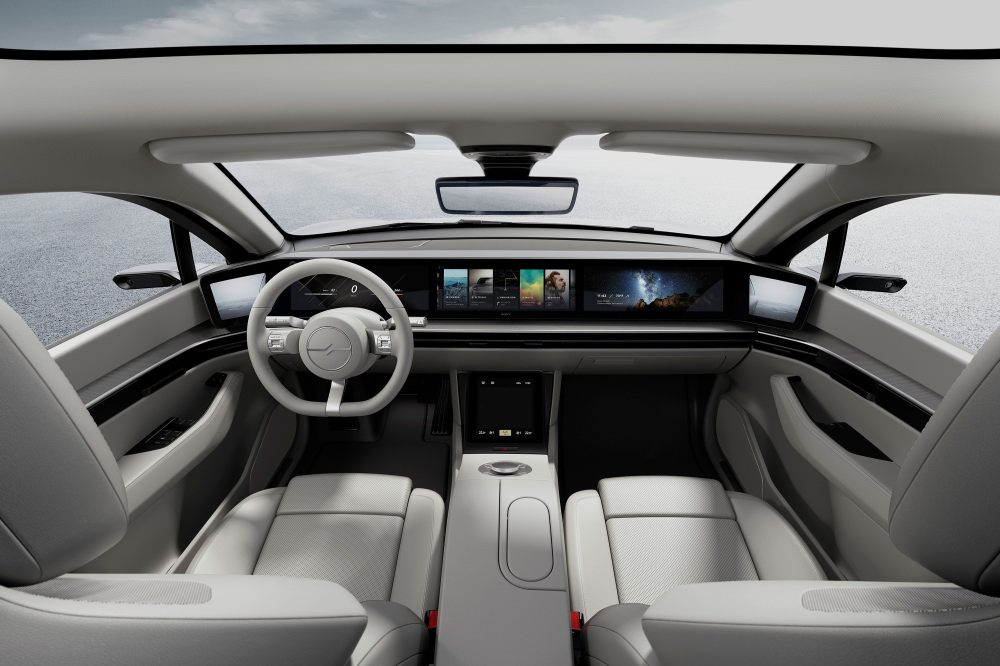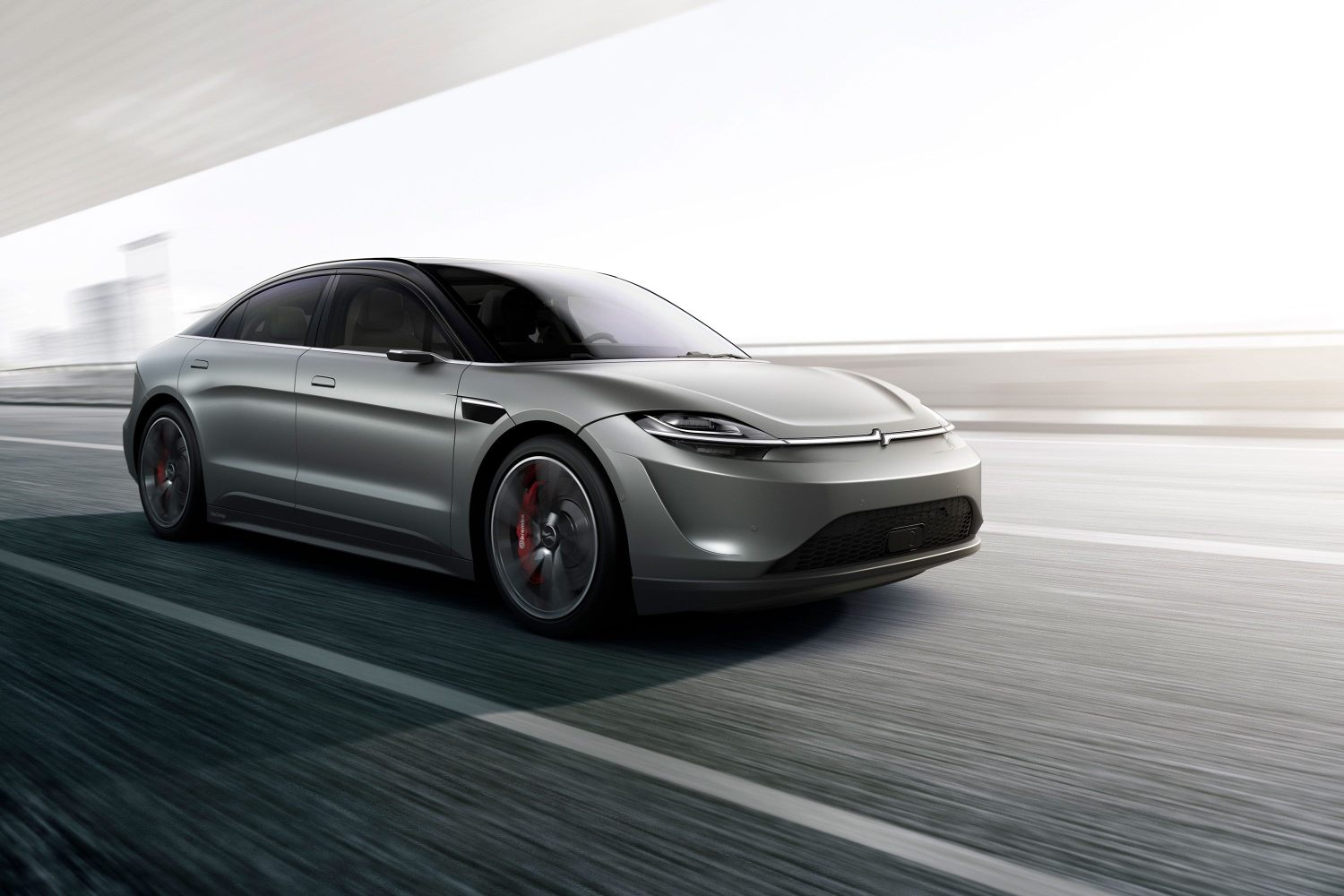During the last CES in Las Vegas, Sony unveiled an electric prototype, the VISION-S by surprise. Developed in collaboration with numerous companies in the sector (Magna, Benteler, Bosch, NVIDIA, Continental, Qualcomm, ZF, Elektrobit, Blackberry, Gentex, HERE …), the objective of the vehicle was simple: to demonstrate to the automotive industry the enormous potential of the Sony technologies in the field of electric and autonomous mobility.
The VISION-S displayed a total of 33 sensors capable of monitoring the exterior and interior of the vehicle, highlighting the use of in-house developed LIDAR sensors. There was also no lack of the “360 Reality Audio” system, which promised an immersive acoustic experience in the advanced car’s interior.

However, the infotainment section was not limited to an advanced audio system. The VISION-S also surprised locals and strangers with a large panoramic screen that occupied the entire width of the dashboard. This was not the only screen we found in the cabin, with separate displays on the backs of the seats.
According to the Japanese firm, the VISION-S platform was extremely flexible and could be used to develop sedans SUVs and vans. As a vehicle focused on serving as a technological showcase, there was no lack of elements such as OTA updates, a 100% customizable interface, and an app through which you could control various car parameters.

On the mechanical plane, we found a 544 hp (400 kW) powertrain, capable of giving the Sony VISION-S a 0 to 100 km/h in 4.8 seconds and a top speed of 240 km/h. As is often the case in high-performance electric cars, the model boasted an advanced all-wheel-drive system.
Even though the vehicle was developed solely and exclusively as a technical showcase, Sony has now announced by surprise that the car will be tested this fiscal year on public roads. Although this could mean that Sony wants to validate its technology in real conditions, some sources assure that the company is weighing the possibility of bringing its car to production in collaboration with partners such as Magna, experts in car manufacturing.
Currently, many companies are trying to access the hitherto impregnable automotive sector by taking advantage of the transition to the electric car, some with success (Tesla, NIO), and others with less success (Dyson). Will Sony dare to enter the lucrative sector of luxury electric cars?

